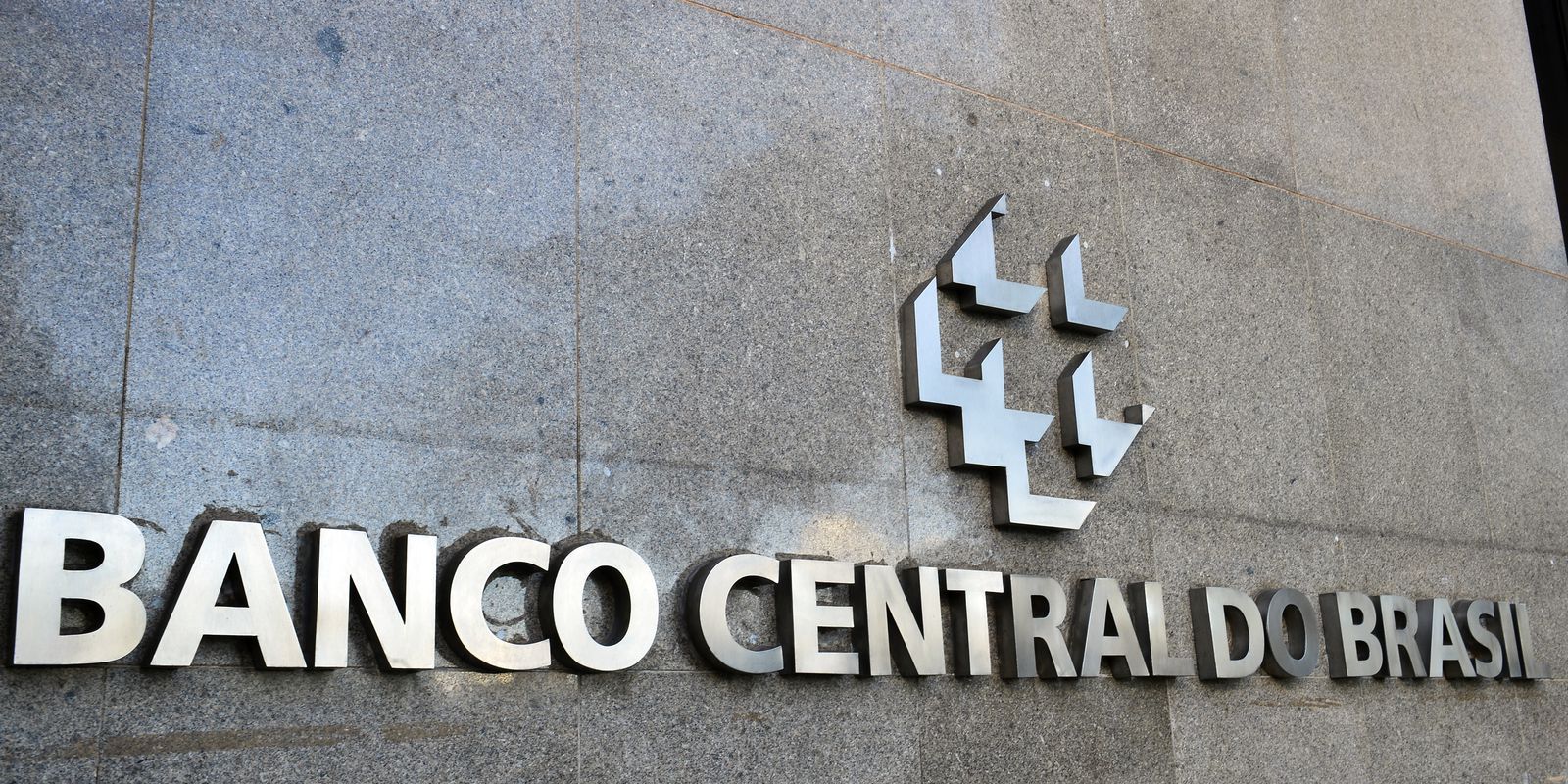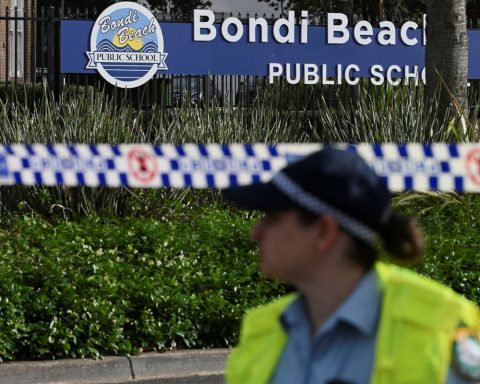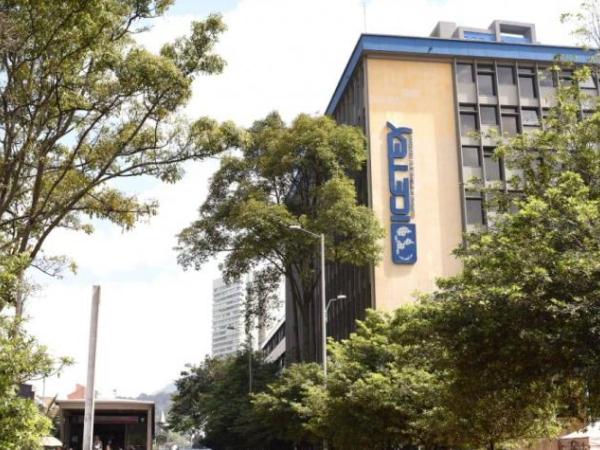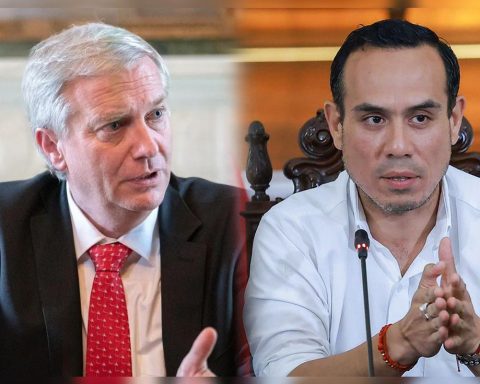The Central Bank (BC) raised its forecast for economic growth this year. The estimate for the expansion of the Gross Domestic Product (GDP, the sum of all goods and services produced in the country) went from 1.7% to 2.7%. The projection consists of Inflation ReportBC quarterly publication, released today (29).
“The surprise in the growth of the second quarter, the initial results of the third, and stimuli not contemplated in the previous Inflation Report – notably the increase in the value of the Auxílio Brasil benefit and the cooling of inflation, resulting, to a large extent, from the reduction of taxes on fuel, energy and communication services – are the main factors for the review”, explained the BC.
The latest report was released in June.
In the second quarter, GDP grew 1.2% compared to the previous quarter, driven by the increase in household consumption, the resumption of on-site services and the advance of cargo and passenger transport. It was the fourth consecutive positive result of the indicator after the 0.3% decrease in the second quarter of last year. According to the BC, a new expansion should be registered in the third quarter of 2022, “but in a smaller magnitude than that observed in the last three quarters”.
Among the supply components, the high forecast for industry was changed from 1.2% to 2.4%, with an improvement in forecasts for all sectors, with the exception of the extractive industry. In services, the estimate was revised from 2.1% to 3.4%, with an increase in growth estimates for all sectors, except for services offered by the government.
In the opposite direction, the forecast for agriculture was changed from a high of 2.2% to stability, in line with revisions by the Brazilian Institute of Geography and Statistics (IBGE), which showed a slight reduction in the projections for grain production and a strong decline in the forecast for sugarcane. In the same sense, expectations for livestock were reduced, reflecting more recent data on meat, milk and egg production made available by the IBGE.
With regard to domestic components of demand, there was an increase in the projections for household consumption, from 1.7% to 3.9%, and for the gross formation of fixed capital of companies, from a drop of 2.7% to a drop of 0.4%, and reduction in the projection for government consumption, from 1.8% to 0.7%. Exports and imports of goods and services, in 2022, should vary, in the order, 1.5% and decrease of 2.5%, compared to respective projections of 2.5% and decrease of 4% in the previous Inflation Report.
For the first time, the BC brought the projection for the 2023 GDP. The estimate is for growth of 1%, “under the influence of the expected global slowdown and the cumulative impacts of domestic monetary policy”.
Inflation
Inflation, calculated by the Broad National Consumer Price Index (IPCA), should end 2022 at 5.8%, in the scenario with an interest rate (Selic) at 13.75% per year and exchange rate starting at R$ 5.20 . In the previous report, in June, the projection was 8.8%.
The BC also projects that inflation should be 4.6% in 2023 and 2.8% in 2024 and 2025. In this trajectory, the Selic rate reaches the end of 2023, 2024 and 2025 at 11.25%, 8% and 7.50%, respectively.
The target for 2022, defined by the National Monetary Council (CMN), is 3.5% inflation, with a tolerance interval of 1.5 percentage points up or down. That is, the lower limit is 2% and the upper limit is 5%. For 2023 and 2024, the CMN established a target of 3.25% and 3% for the IPCA, respectively, also with a tolerance of 1.5 percentage points.
In the June report, the BC officially recognized the overflow of this year’s goal, but has now reduced that probability. “In terms of estimated probabilities of inflation exceeding the limits of the tolerance interval, in the reference scenario, the reduction in the probability of inflation being above the upper limit in 2022 stands out, which went from close to 100% in the report. previous year to around 93% in this report, and the probability increase for 2023 from around 29% to around 46%,” the report notes.
According to the BC, inflation accumulated in four quarters reached a peak of 11.9% in the second quarter of this year, and should fall significantly in the following quarters. Specifically for the 2022 downward revision, the report highlights, among others, the effect of federal tax cuts on fuel, electricity and communications. The increase in projections for 2023 – from 4% to 4.6% – resulted, precisely, from the hypothesis of a return of taxes on fuel at the beginning of next year, in addition to exchange rate depreciation and stronger economic activity indicators than the expected.
With the recent declines in inflation, the Central Bank ended the cycle of raising the Selic and maintained the base rate at 13.75% at the last meeting of the Monetary Policy Committee (Copom), last week. This was the first break in the highs after 12 consecutive highs, in a cycle that began amid rising food, energy and fuel prices.
However, the institution considers that consumer inflation remains high and signaled that it “will not hesitate” to resume the bullish cycle if the disinflation process does not proceed as expected.
This is the main instrument used by the Central Bank to achieve the inflation target. The increase in the Selic, which serves as a reference for other interest rates in the country, helps to control inflation, because the rate affects prices, since higher interest rates make credit more expensive and stimulate savings, avoiding heated demand.
















